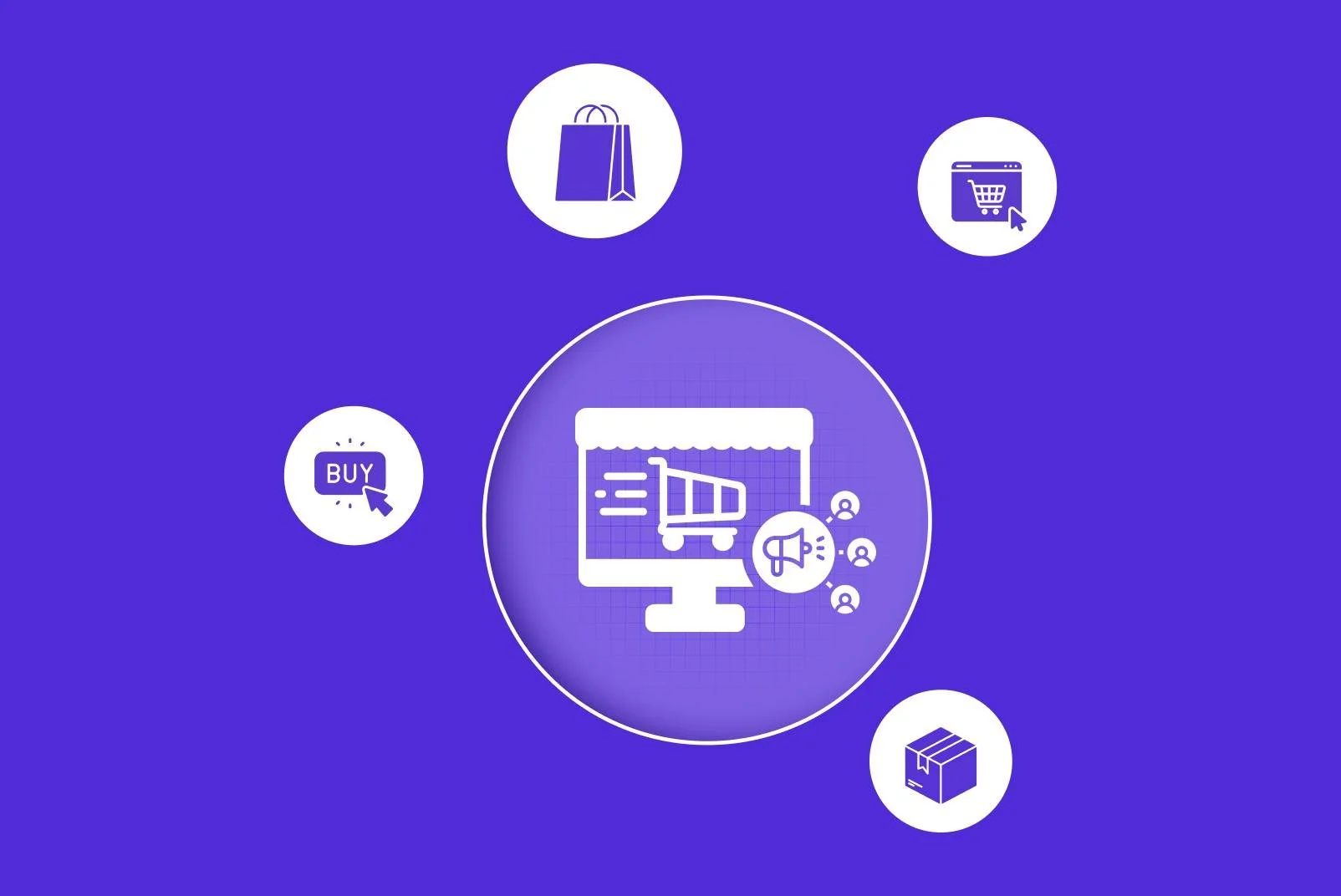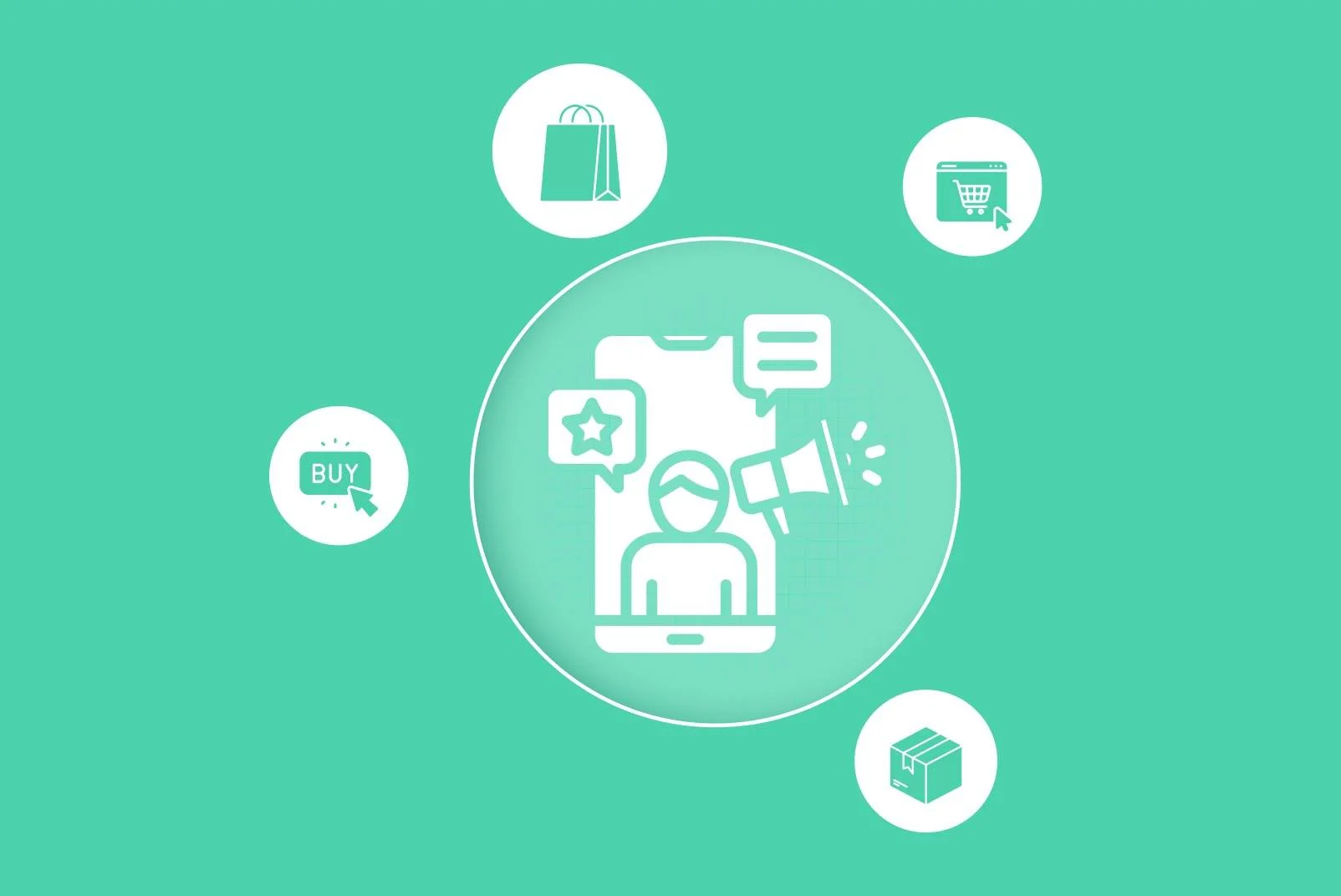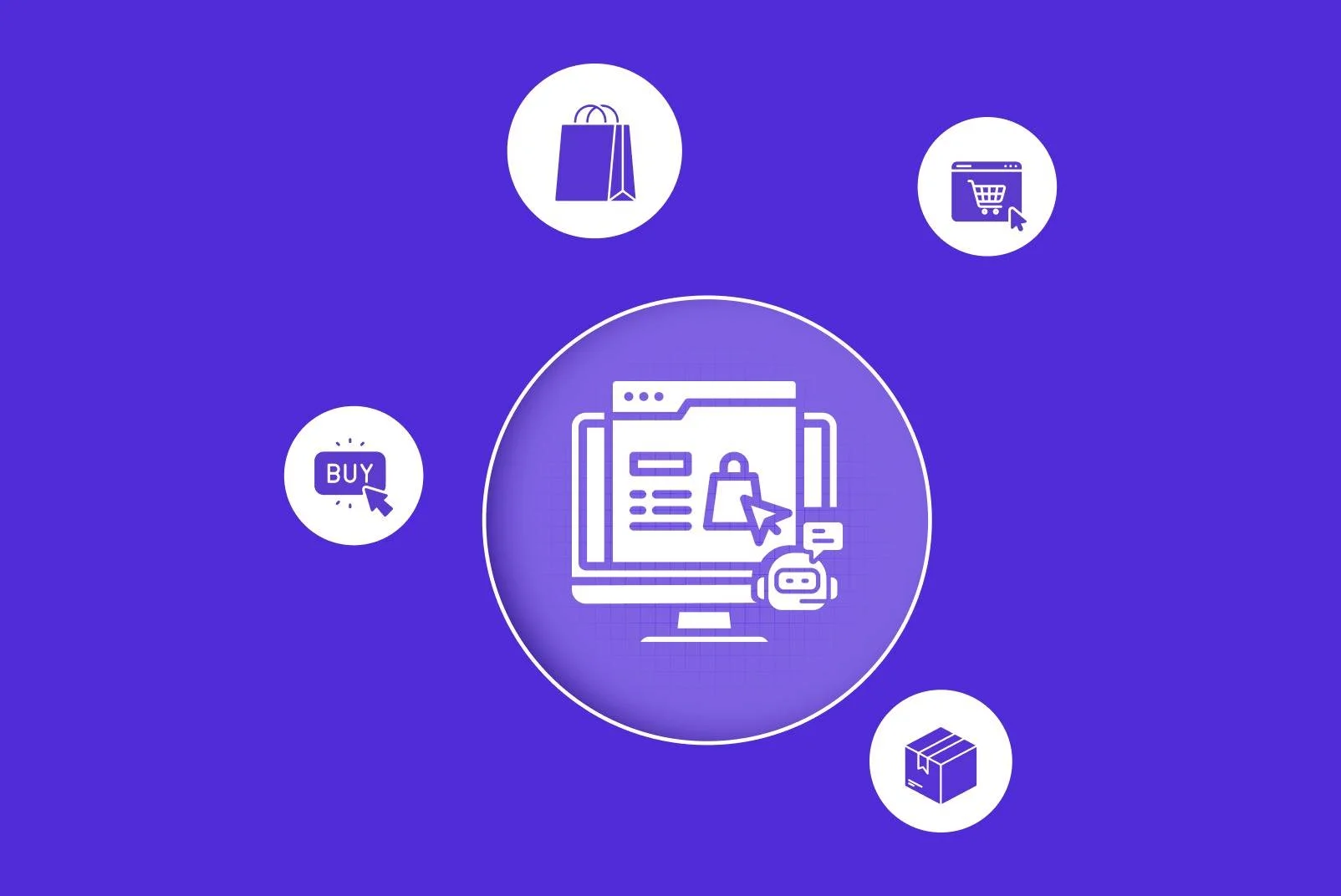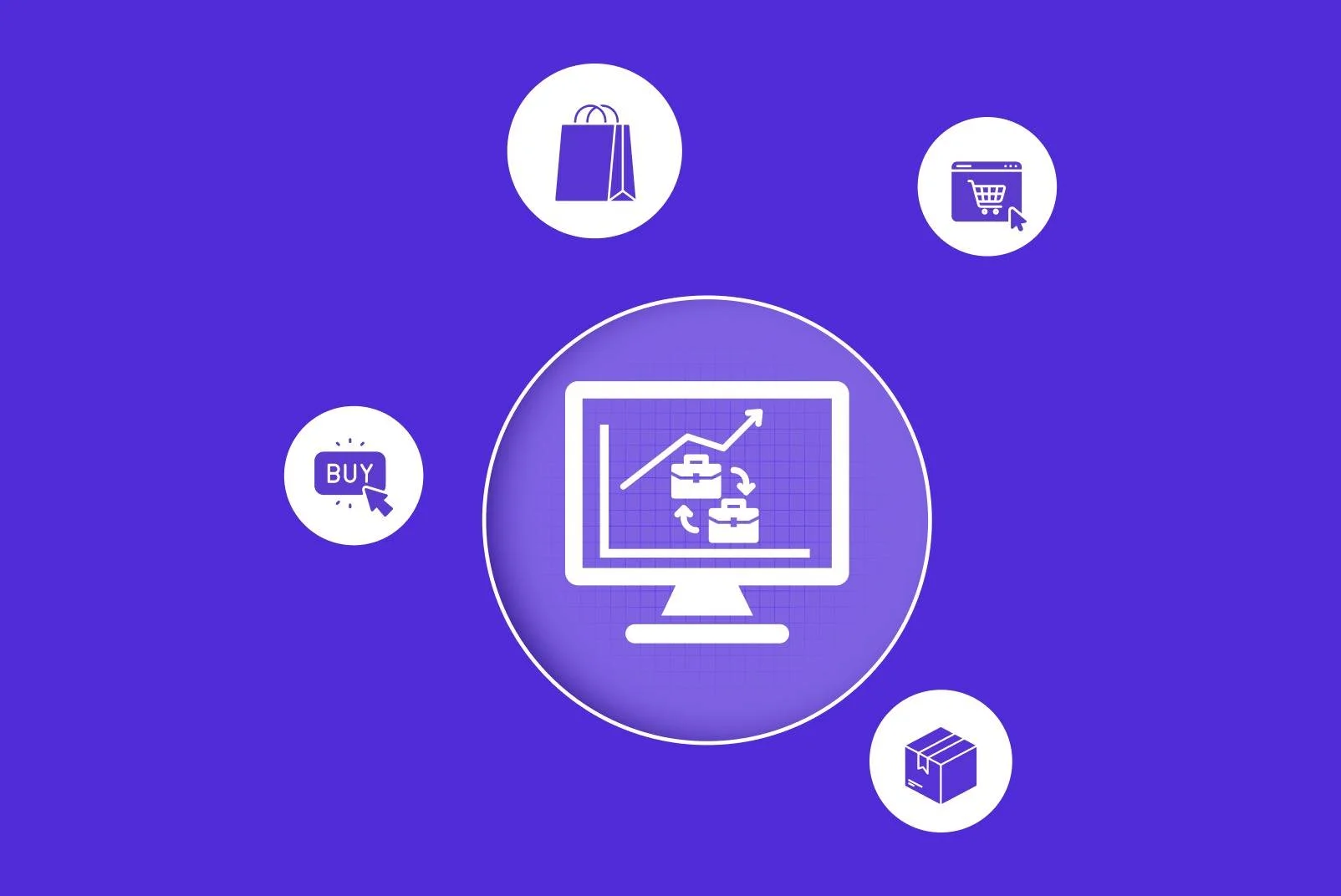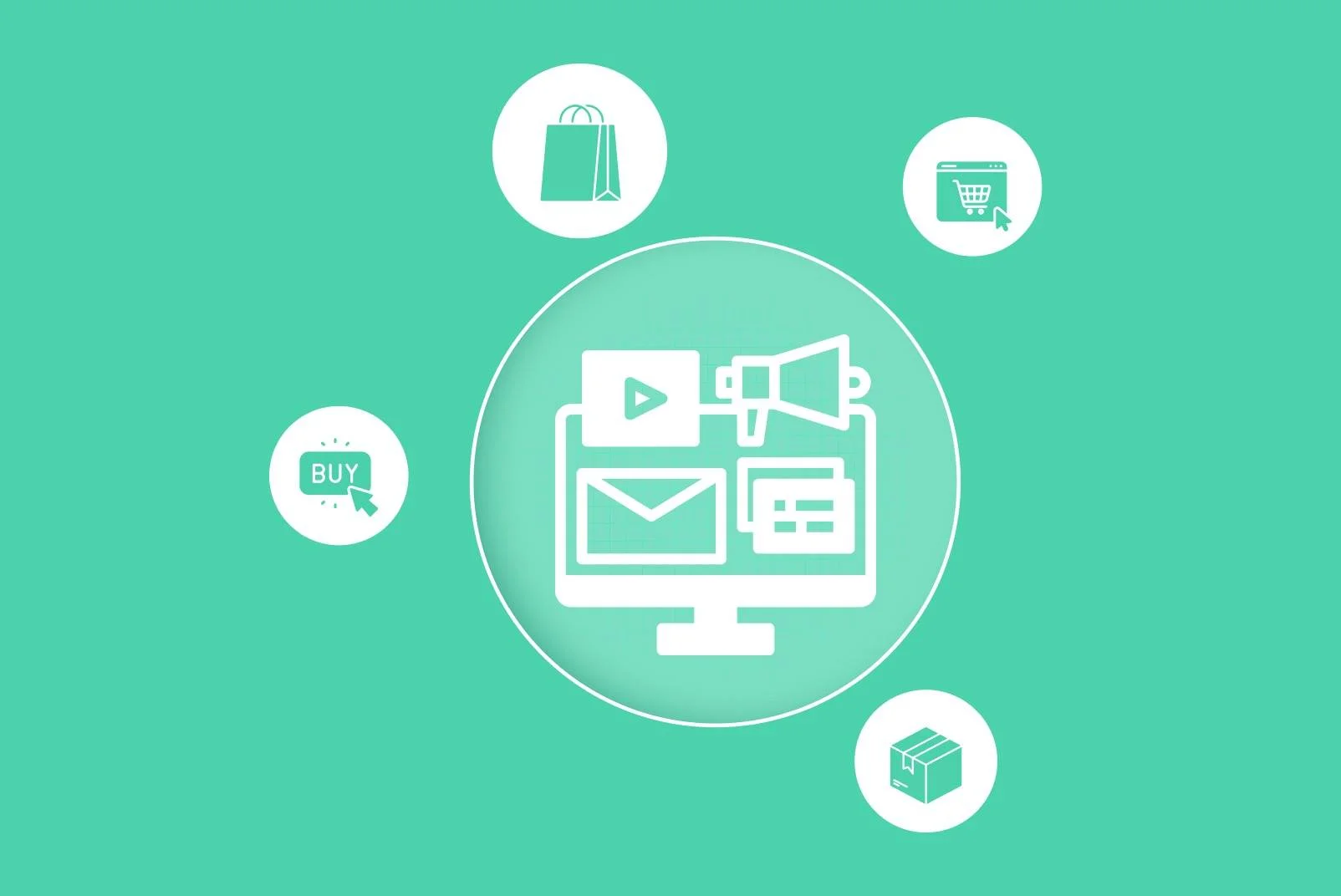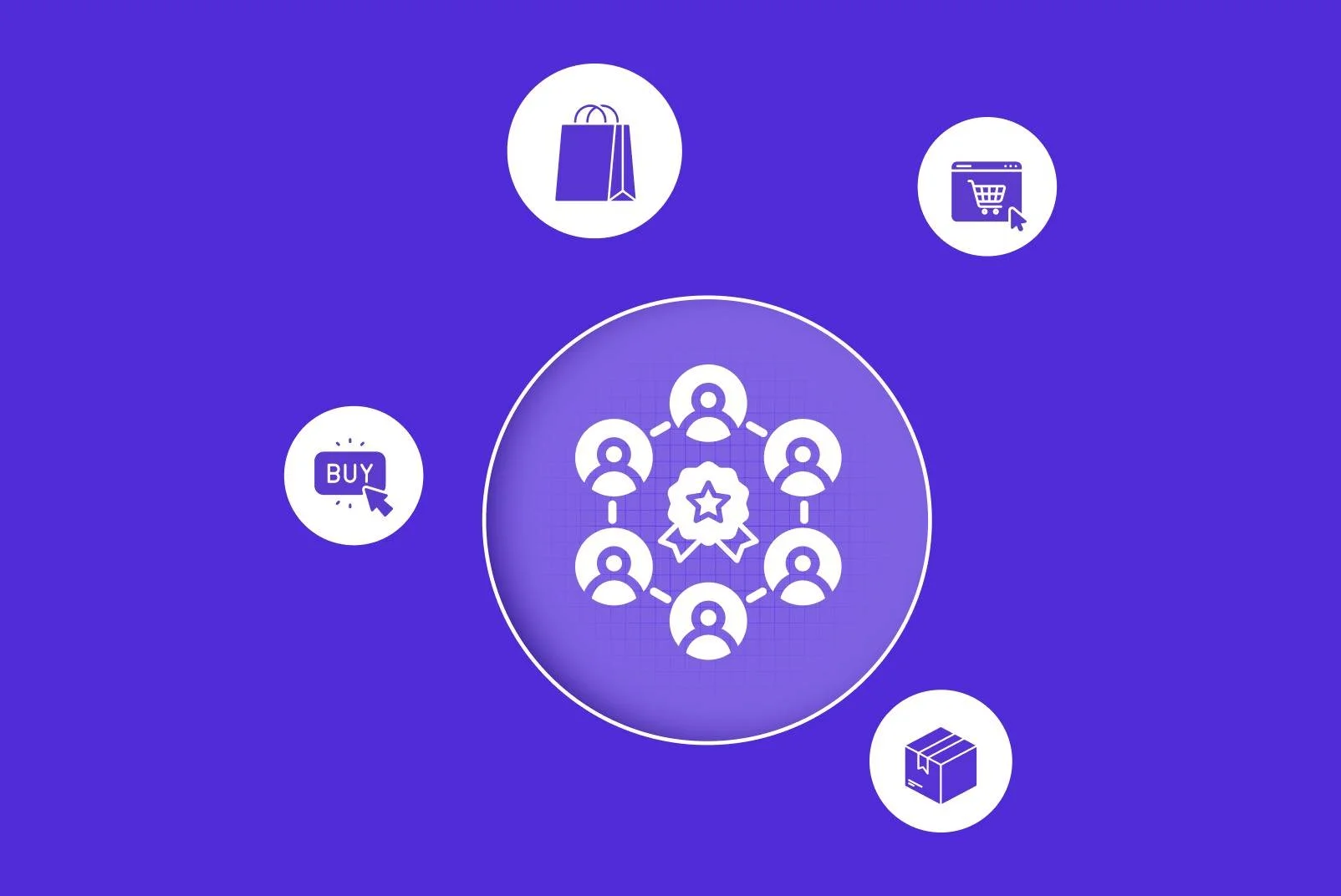Reimagining Customer Engagement through Gamification in eCommerce
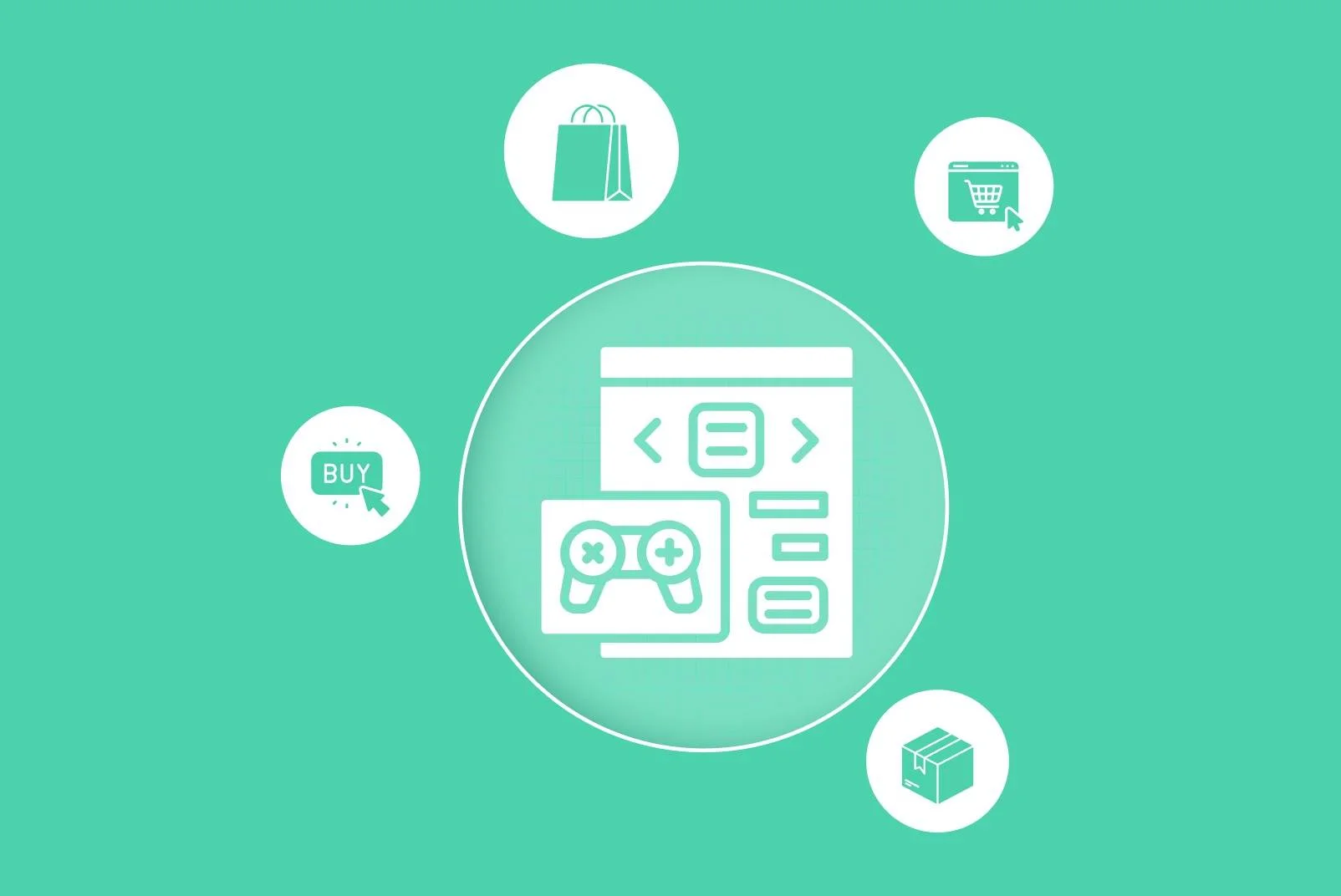
Engagement is the cornerstone of eCommerce success. As brands vie for the attention of digital-savvy consumers, innovative strategies emerge. One such strategy that's revolutionizing online shopping is gamification. But what is it, and how does it reshape customer engagement? Let eccofi, your trusted eCommerce consultant, walk you through this captivating realm.
1. Gamification Explained:
Simply put, gamification involves integrating game mechanics into non-game platforms, like eCommerce sites. By offering rewards, challenges, and interactivity, it aims to boost user engagement, loyalty, and conversion.
eccofi’s Insight:
Gamified experiences tap into the human love for challenges and rewards, making shopping not just a task, but an adventure.
2. Enhanced Loyalty Programs:
Loyalty points are transformed into immersive experiences. Think of 'spin the wheel' for discounts or 'treasure hunts' for exclusive products.
eccofi’s Approach:
We design loyalty programs that resonate emotionally, ensuring customers return for more than just discounts—they come back for the experience.
3. Interactive Product Discovery:
Imagine a quiz that leads users to their perfect product match or a virtual dressing room challenge. Gamification can make product discovery fun and interactive.
eccofi’s Strategy:
By making product discovery a game, we increase the likelihood of users finding—and buying—their perfect match.
4. Encouraging User-Generated Content:
Brands can run challenges or contests that prompt users to share their own content, be it photos, reviews, or creative inputs, all adding a rich, personalized touch to the eCommerce platform.
eccofi’s Perspective:
User-generated content not only boosts engagement but also provides authentic promotional material.
Conclusion
Gamification in eCommerce is more than just a fleeting trend—it's a paradigm shift in how brands engage customers. From loyalty rewards to interactive product searches, gamified elements can dramatically uplift user interaction and sales. Partner with eccofi, and let's craft an eCommerce experience that's not just transactional but truly engaging.

